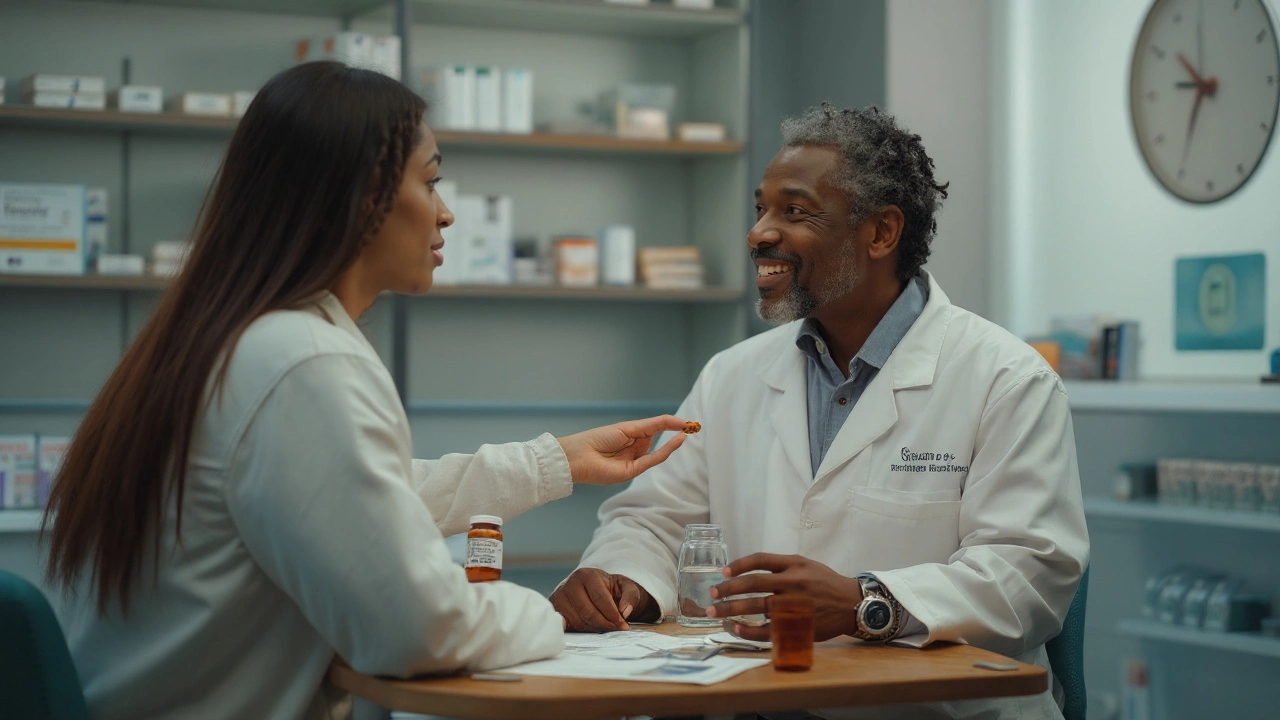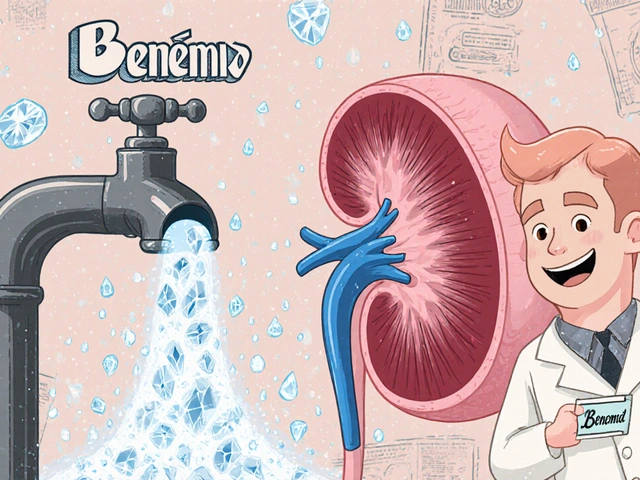Antidepressant Dosage: Simple Tips to Get It Right
If you’re starting an antidepressant, the biggest question is often “how much should I take?” You’re not alone—most people wonder about the right dose, when to change it, and how to stay safe. Below you’ll find straight‑forward advice that cuts through the jargon and helps you feel confident about your medication.
Starting doses: what to expect
Doctors usually begin with the lowest dose that’s shown to work. The idea is to give your body a chance to adjust while minimizing side effects. For example, a common SSRI like sertraline often starts at 25 mg daily, even though the usual therapeutic range can go up to 200 mg. This low start lets you see how you react before the dose is increased.
When a new prescription arrives, check the label twice. Make sure the number of pills, the strength, and the timing match what your doctor said. If anything looks off, call the pharmacy right away. It’s easy to mix up mg vs mcg or miss a “take twice a day” instruction.
Most antidepressants take a few weeks to show noticeable mood benefits. Give the medication at least 2‑4 weeks at the starting dose before thinking about any changes. Patience is key—rushing to a higher dose can increase side effects without improving mood.
Adjusting your dose safely
After the initial period, your doctor may suggest a dose bump if you’re not feeling better or if side effects are mild. Typical adjustments are 25‑50 % increases, not a jump from 25 mg straight to 100 mg. This gradual step helps you and your doctor track how each change affects you.
When the dose goes up, watch for new side effects like nausea, headache, or sleep trouble. Keep a simple notebook: write the date, dose, and any symptoms you notice. Bring this list to your next appointment—you’ll both have a clear picture of what’s happening.
Never change the dose on your own. If you miss a pill, just take the next one at the regular time; don’t double up. If you’re thinking about stopping, talk to your doctor first. Stopping abruptly can cause withdrawal symptoms, sometimes called “antidepressant discontinuation syndrome.” A taper plan, where the dose is slowly reduced over weeks, makes quitting much safer.
Special situations need extra care. Older adults often need lower doses because their bodies process drugs slower. People with liver or kidney problems may also need a reduced dose. If you have any of these conditions, your doctor will likely start even lower and increase more slowly.
Finally, remember that “the right dose” is personal. Two people on the same medication can have very different optimal amounts. Trust your body’s signals and keep the conversation open with your prescriber.
Bottom line: start low, be patient, track how you feel, and adjust only under medical guidance. With these steps, you’ll find the dose that eases your symptoms while keeping side effects in check.
Ventodep ER: Uses, Dosage, Side Effects, and How to Find Official Info (UK, 2025)
Clear, practical guide to Ventodep ER: what it likely is, safe use, side effects, dosing tips, and how to find the official leaflet (UK, 2025). Evidence-based and people-first.





